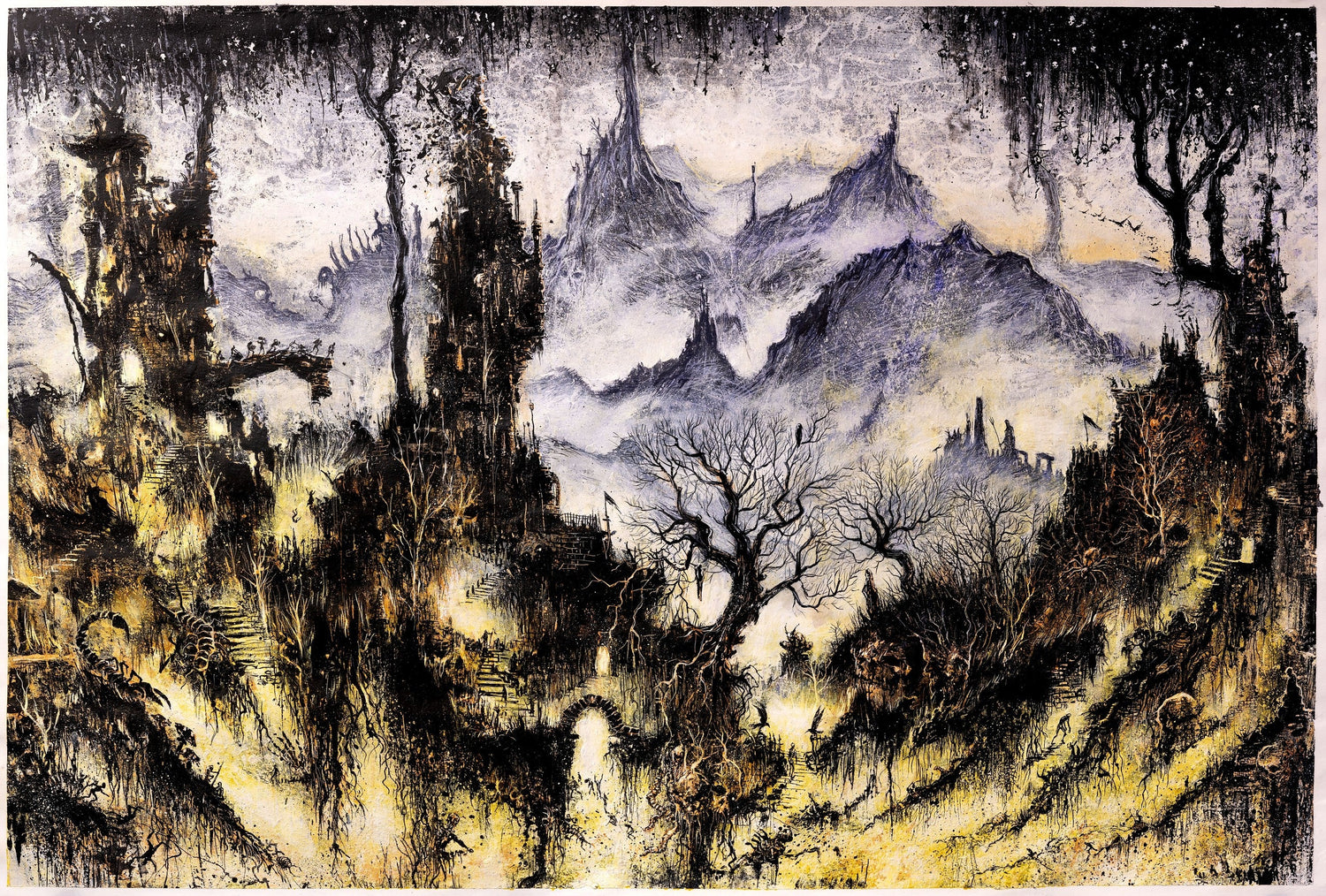💎Find gems while exploring the collections!💎
Items found with these gems are FREEBIES... for Email Subscribers ONLY!
FREE SHIPPING to US on orders of $99!
Satan is Real! Jigsaw Puzzle (3 SIZES!)
Couldn't load pickup availability
Assembling jigsaw puzzles is the perfect family and friends bonding activity. Made with high-quality chipboard pieces, this puzzle is available in 252-Piece, 500-Piece, and 1000-Piece variations. The 252-Piece & 500-Piece puzzles are ideal for ages 9+, while the 1000-piece puzzle is great for adults. Ships in gift-ready metal box.
Treat yourself to this unique jigsaw puzzle and gather your loved ones for an evening filled with joy and teamwork... ASSEMBLE SATAN!
- 3 SIZES: 252 pcs (14" x 11"), 500 pcs (20.5" x 15"), and 1000 pcs (29.25" x 19.75")
- Satin finish image sublimated on chipboard
- Stores in a metal tin (6.37" x 4.37" x 1.75")
- Can be used as wall decor
Warning: Choking hazard—small parts. Not for children under 3 years.
SATAN IS REAL!
Did you know you can thank Satan for the public education we have in the USA... the very true fact that you can even so much as read!? It's true.
The first public education law passed in America was Massachusetts' Old Deluder Satan Law of 1647. The Puritans highly valued literacy... they believed everyone should be able to read and interpret the Bible for themselves.
So, in 1642 the state required all parents to teach their children to read; and five years later, community shooling was mandated. Towns of 50 or more families were required to have an elementray school, teaching reading, writing, and the Bible. Towns of 100 or more families were required to have a grammar school, teaching Latin and Greek, in preparation for attending Harvard University.

(image from... The Laws and Liberties of Massachusetts, reprinted from the copy of the 1648 Edition in the Henry E. Huntington Library, with an introduction by Max Farrand. Harvard University Press, 1929.)
















